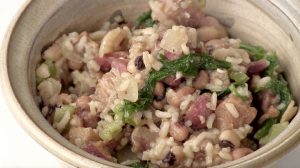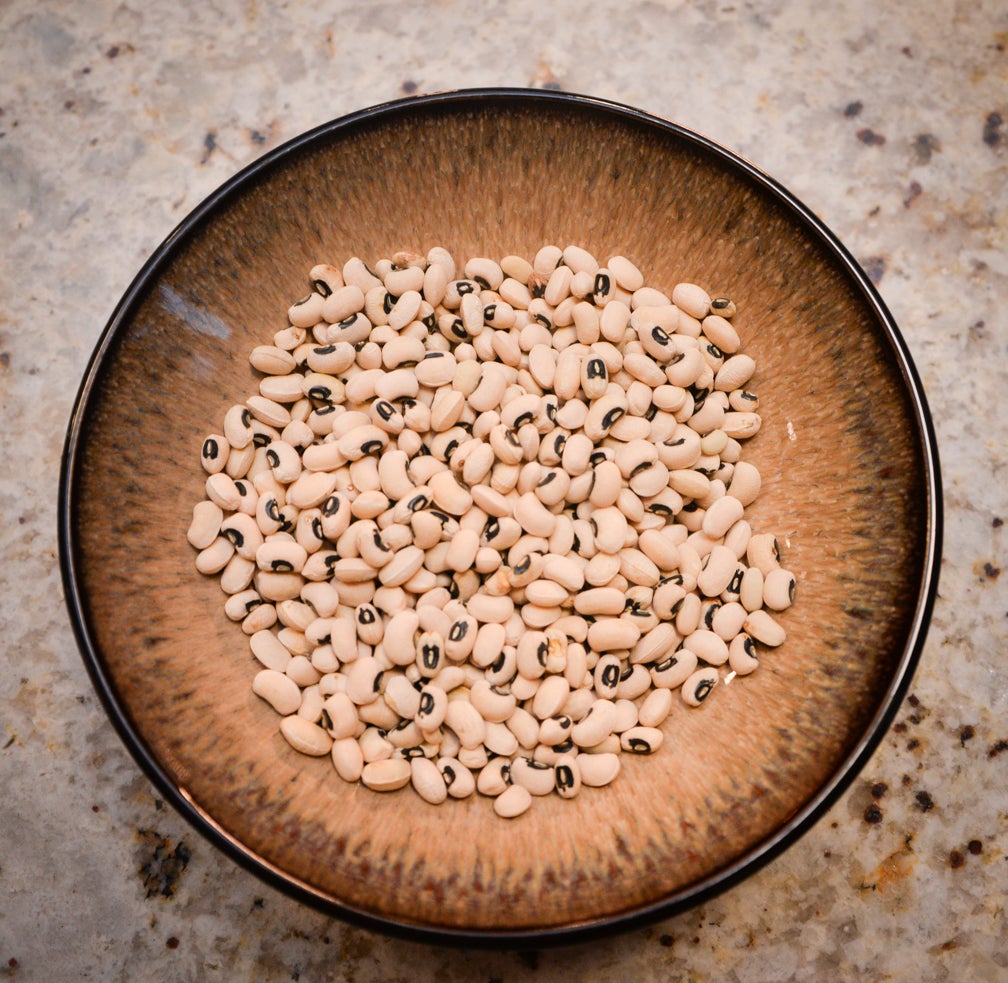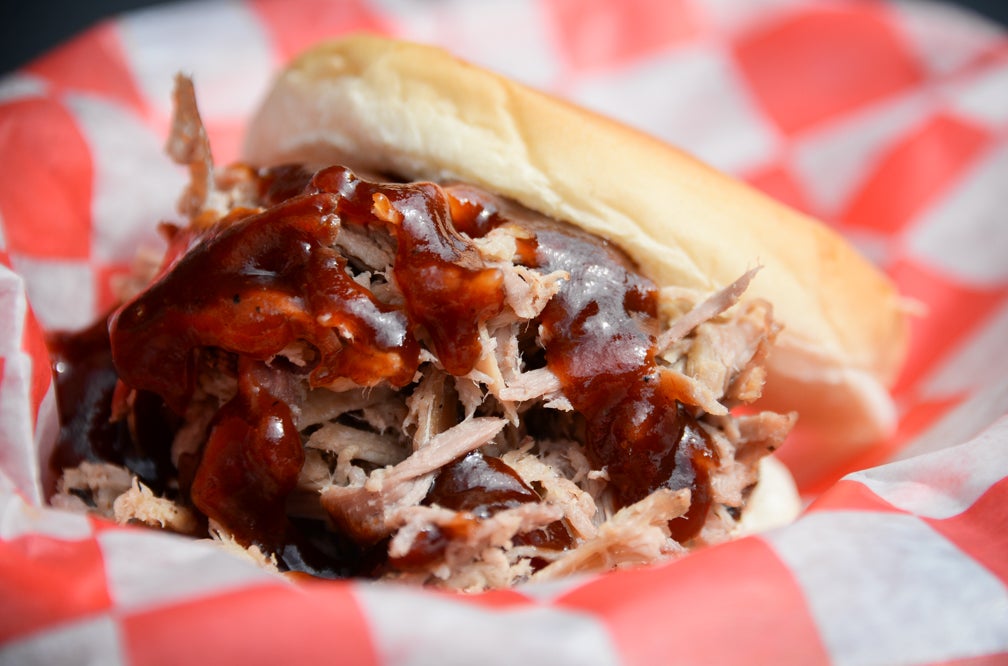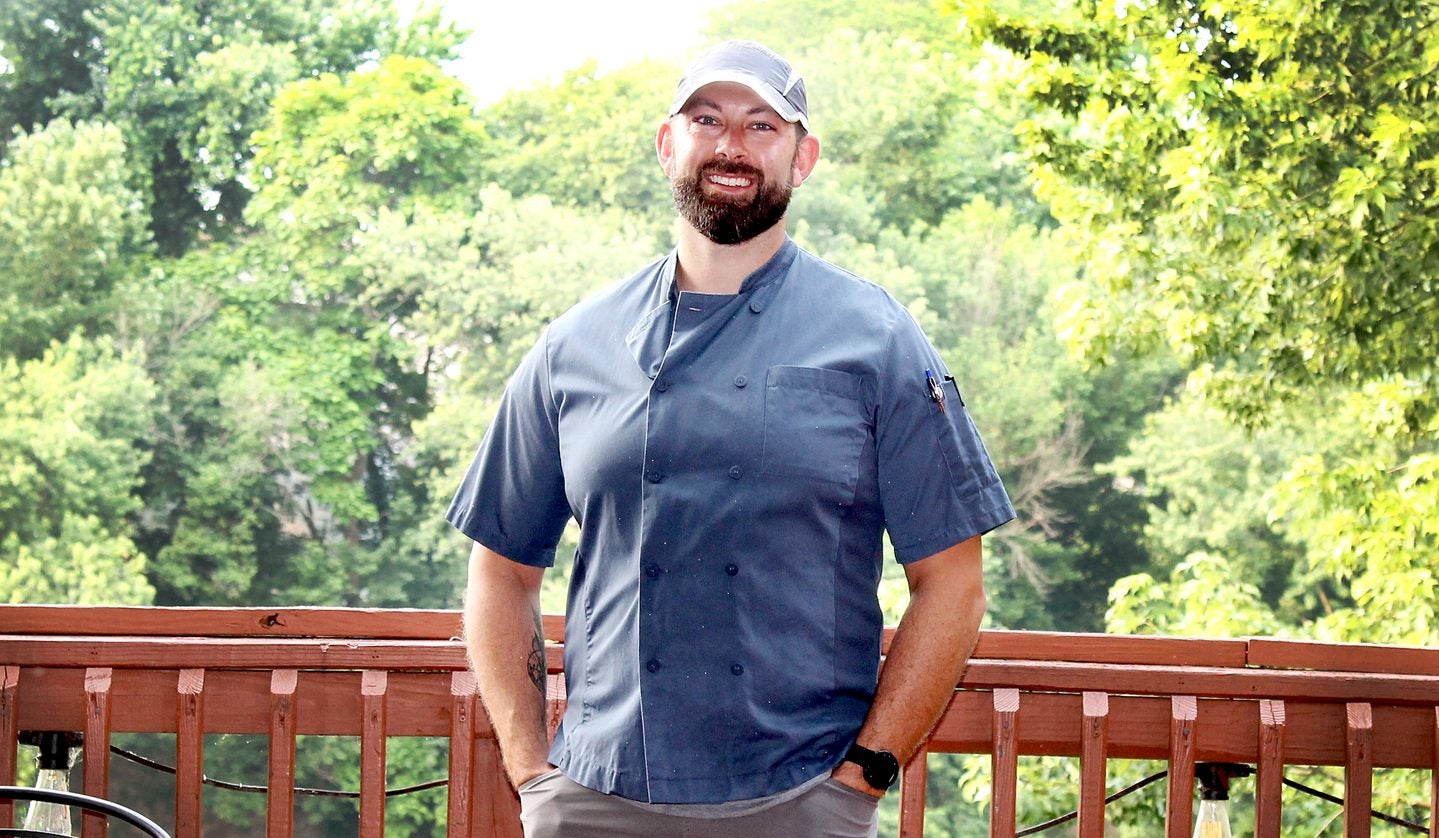In the days of old, much like today, people celebrated the coming of the new year with plenty of food and drink.
But for them, the food was much more symbolic. And, their traditions of eating certain foods on New Year’s Day continue today because of those traditions.
Tim Farmer, of “Tim Farmer’s Country Kitchen,” says many of those traditions center around long-held country beliefs.
“Down south when Sherman was burning everything down, there wasn’t anything left to eat,” Farmer said. “The northerners came through and had never seen it before. A lot of people in that part of the country, that was a lucky thing to get them through the year.
“People have also put coins in cabbage toward the first of the year. Cabbage (like collards and other greens) is a leafy green that looks like money. People wanted to do whatever they could to make the new year better.”
Traditionally, black eyed peas are served in Hoppin’ John, a southern dish made up of black eyed peas, bacon or some kind of pork, rice, onions, and in Farmers’ recipe, greens.
Farmer says after soaking the beans, you cook bacon in a separate Dutch oven, before adding onions, beans, rice, greens, salt and pepper, and a little vinegar just for a kick.
“That’s a whole meal, right there,” Farmer said on his television show “Time Farmer’s Country Kitchen.” “Back in the day, farmers wanted something they could eat fast that didn’t have a lot of clean up. Aside from the pot we used to soak the black eyed peas in, that’s pretty much a one dish meal.”
Whether it’s collard greens or kale or turnip greens, eating the slow-cooked leafy vegetable is synonymous with wanting to ensure good fortune in the new year. Traditionally, greens are cooked in bacon fat with added broth or water and vinegar. The greens are cooked low and slow for a rich creamy vegetable, complete with “pot likker” the juice the greens leave behind.
Eating pork on New Year’s Day has its own significance, Farmer said.
“When pigs root, or forage for food, they root forward. They’re always looking forward and moving ahead,” he said. “Cattle are docile, they don’t move. Chicken are similar in that they don’t move forward when they’re eating. So, we don’t eat beef or chicken on those days for the most part.”
Similarly, since lobster and crawfish move backward when they eat, you will want to avoid eating shellfish on New Year’s Day.
For specifically Kentucky traditions, he said, it’s hard to pin point one specific thing.
“Some people will bake a $20 bill into a cake, and whoever finds it is supposed to have good luck all year. Similarly, they’ll put a coin in cabbage, to represent money,” he said. “The first visitor for the year should be a tall, dark headed guy for luck.”
Other superstitions around the world include:
Slurping long noodles: According to ancient Chinese tradition, long noodles symbolize a long life. You never want to cut noodles on New Year’s Day, as that would symbolize cutting short one’s own life. However, slurping up a good long noodle from a steaming hot broth is considered good luck toward having a good long life.
Eating 12 grapes: In some South American countries, according to Bon Appetit, New Year’s Day revelers will eat 12 grapes one-by-one at the stroke of midnight. Each grape represents a different month of the year. If the grape is sweet, the corresponding month will be a good one. If it’s sour, you should be prepared for that to be a bad month.
Noshing on herring: According to CNN, because of its abundance, it’s a tradition to eat herring in Poland and in parts of Scandinavia. Additionally, eating pickled herring at the stroke of midnight is thought to bring prosperity in the coming year because its silver color reminds one of money.
Throwing back tamales: A traditional food for celebrations in Latin American cultures, tamales represent not just a tradition that goes back 5,000 to 8,000 years, but also a bringing together of family. In most Latin American families, the generations come together to make dozens of the filled corn dough treats wrapped in corn husks.
Dropping some doughnuts: Oliebollen, or fried oil balls, are a New Year’s Eve tradition in the Netherlands. The doughnut-like dumplings are made by taking a mound of currant or raisin studded dough and deep frying before dusting it with powdered sugar.
Farmer said that for families who want to start their own tradition, they should just let it happen. Including other family members in the decision making process will ensure everyone is pleased.
“We have lamb shanks on the first of the year with a red wine reduction. It’s a slow cook with red wine and currant jelly … oh man, I want that right now,” he said. “Ask your family what they want … they have to be included in it.
“That’s kind of how we settled on lamb shanks. We had them one year and everyone said, this needs to become a tradition. When I made that red wine reduction and poured it over the lamb for the kids, that’s how it started. We were sitting at the table, everybody’s here for the New Year … it was kind of their idea.”
Tim Farmer’s Hoppin’ John recipe

Hoppin’ John (Photo submitted)
Ingredients:
1 pound thick cut bacon
1 small onion, chopped
2 garlic cloves, chopped
1 stalk celery, chopped
2 cups chicken broth
1 cup black eyed peas, softened
Salt and pepper
Dash of red pepper flakes
Greens (collard, kale, etc)
1 cup rice
1 teaspoon apple cider vinegar
Directions:
Cook bacon until crispy. Remove and drain on paper towels. Reserve some grease in
pan.
Add in onion, garlic and celery. Cook until soft. Add in chicken broth and black
eyed peas. Add cooked bacon and stir. Cook on medium heat for 1 ½ hours (do not
boil).
Stir in greens and cook until wilted. Add salt, pepper and red pepper flakes. Stir
in rice and cook until done. Right before serving, add in apple cider vinegar and stir.













